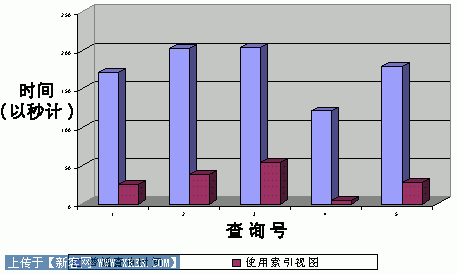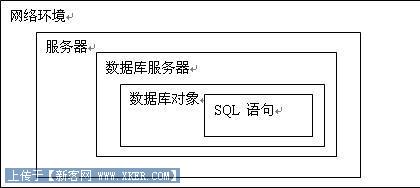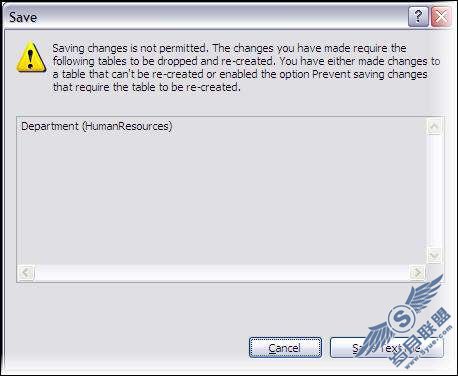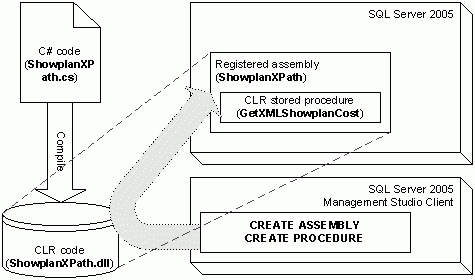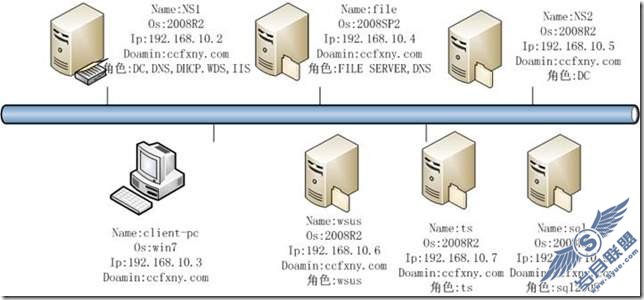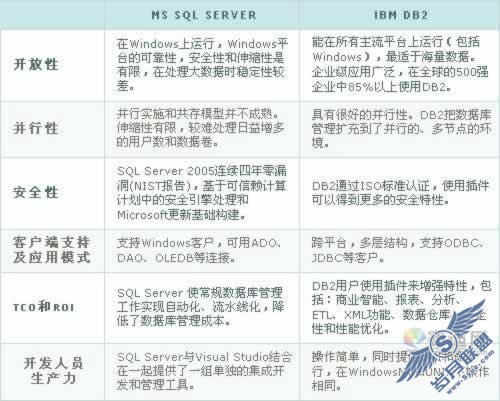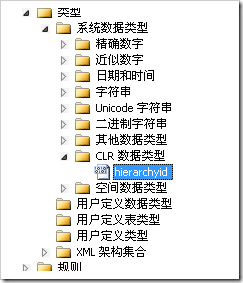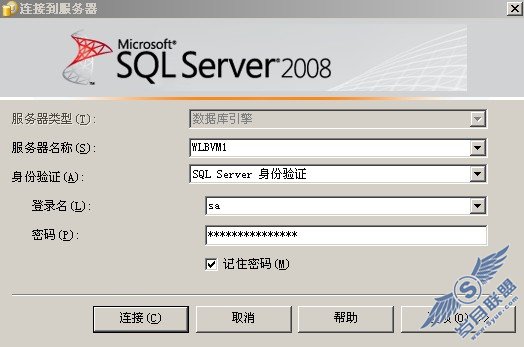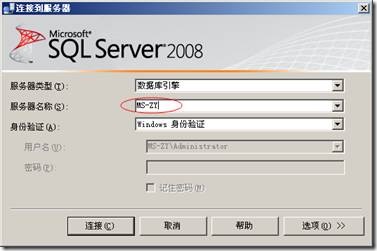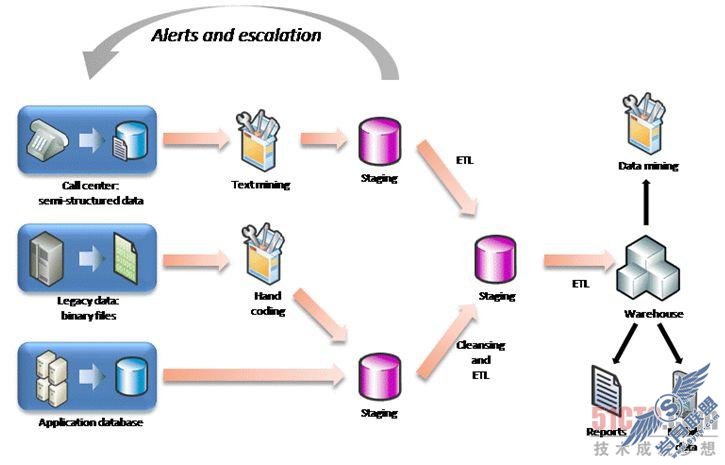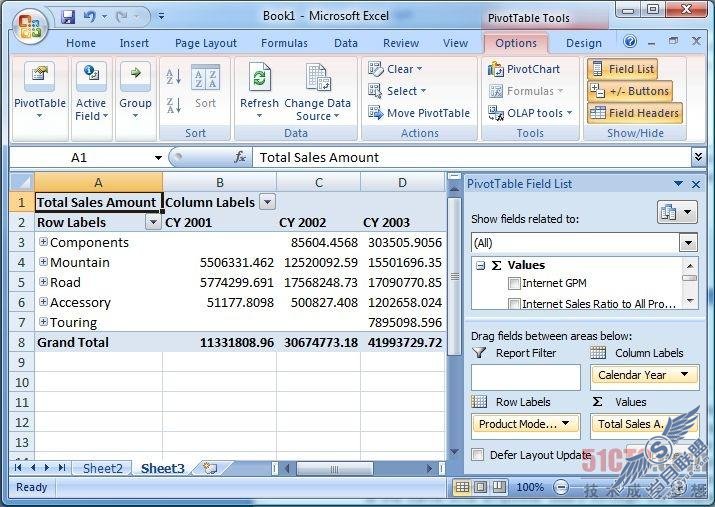SQL Server(二):T-SQL语言概述
1、T_SQL语言属于SQL语言中的一种:
SQL结构化查询语言
所有的数据库编程语言均对ANSI SQL向下兼容,如MS SQL Server的SQL语言、Oracle的PL/SQL语言
2、SQL语言主要包括三类:
1)DCL——数据控制语言:主要用于控制权限
Grant:赋权
Deny:拒绝
Revoke:恢复初始默认
2)DDL——数据定义语言:主要用于定义数据库对象
Create:创建数据库对象
Alter:修改数据库对象的定义
Drop:删除数据库对象
3)DML——数据操纵语言:主要用于操纵数据
Insert:添加数据
Update:修改数据
Delete:删除数据
Select:查询数据(有一些资料中将Select单独分类为DQL数据查询语言)
3、变量
在SQL Server中定义变量,变量名前加@(局部变量)或@@(全局变量)
使用Declare声明变量,使用Set或Select语句为变量赋值。如:
1declare @i int
2set @i=100
3
4declare @sum int
5select @sum=sum(UnitPrice)
6from Products
7
8declare @price int
9select @price=UnitPrice
10from Products
11where ProductID=1
12
13declare @singlePrice int
14select @singlePrice=UnitPrice
15from Products
16
17declare @sumPrice int
18set @sumPrice=0
19select @wumPrice=@sumPrice UnitPrice
20from Products
4、函数
在SQL Server中函数可以分为以下三类:
1)标量函数:确定的参数,一个返回值,如常规的函数均属于标量函数。
declare @value int
set @value=100
declare @valueString varchar(10)
set @valueString=Convert(varchar(10),@value)
print('Value is ' @valueString)
2)聚焦函数:参数为一个集合(表中的列),返回为一个值,如数学上的统计函数均属于标量函数。
Select sum(UnitPrice) as [SUM] --取所有单价的和
from Products
Select avg(UnitPrice) as [AVG] --取所有单价的平均值
from Products
Select max(UnitPrice) as [Max] --取所有单价的最大值
from Products
Select min(UnitPrice) as [Min] --取所有单价的最小值
from Products
Select count(Region) as [Count] --取所有Region不为空的行数
from Employees
Select count(*) as [Count] --取员工表所有的行数
from Employees
3)行集函数:参数为确定的参数,返回为一个“结果集”。
select * from
OpenQuery(
OracleSvr, --打开一个链接服务器
'SELECT ENAME, EMPNO FROM SCOTT.EMP' --在链接服务器上执行查询语句
) --将OpenQuery返回的结果集作为查询的源
5、语句
1)Begin...End:相当于C、Java、C#中的一对大括号,表示范围限定,没有具体含义,如果其中只有一条语句则可以省略。
2)While:循环语句
--计算1 2 3 100
declare @i int
declare @sum int
set @i=1
set @sum=0
while @i<=100
begin
set @sum=@sum @i
set @i=@i 1
end
Print(@sum)
3)If...Else:条件语句
declare @rowCount int
select @rowCount=count(*) from SomeTable
if @rowCount=0
begin
Print('没有数据')
end
else if @rowCount>0 and @rowCount<100
begin
Print('100条以内记录')
end
else
begin
Print('100条以上记录')
end
4)Case语句:属于行级语句(前三种属于语句级),相当于一个函数的作用
Select ProductID,ProductName,UnitPrice,
Level=
case
when UnitPrice<=30 then 'Low Price'
when UnitPrice>30 and UnitPrice<=90 then 'Mid Price'
else 'High Price'
end
from Products
